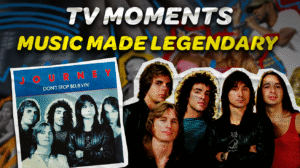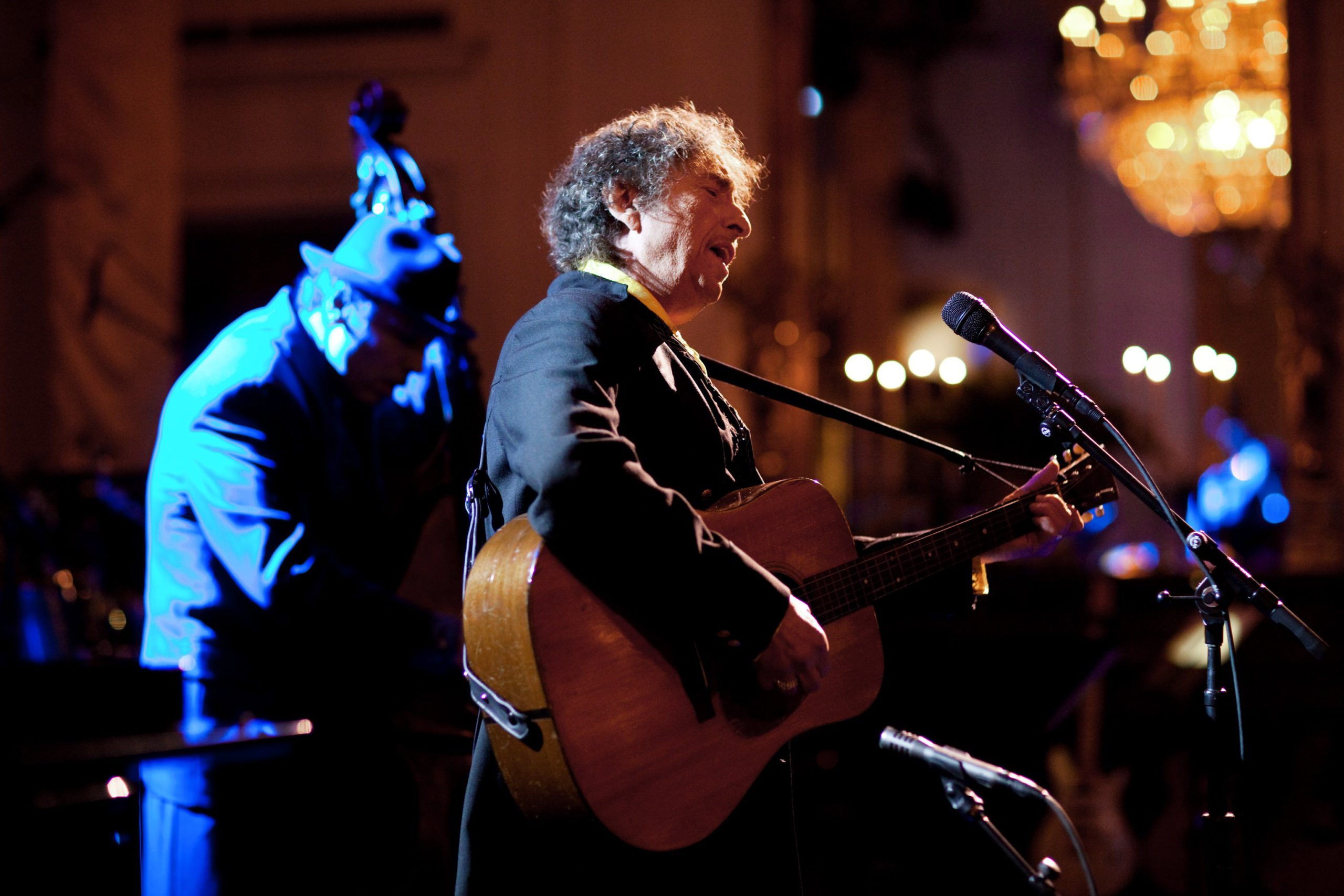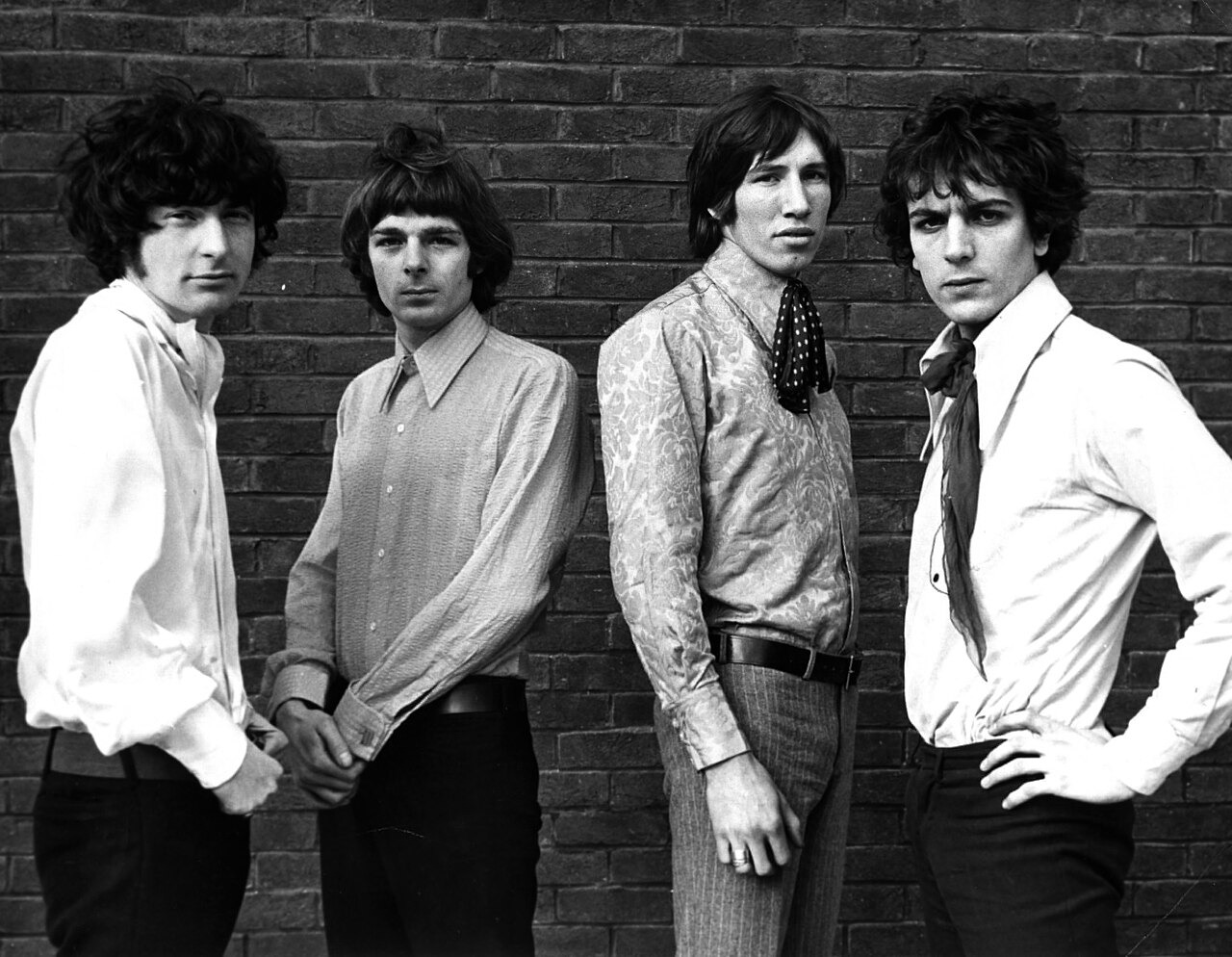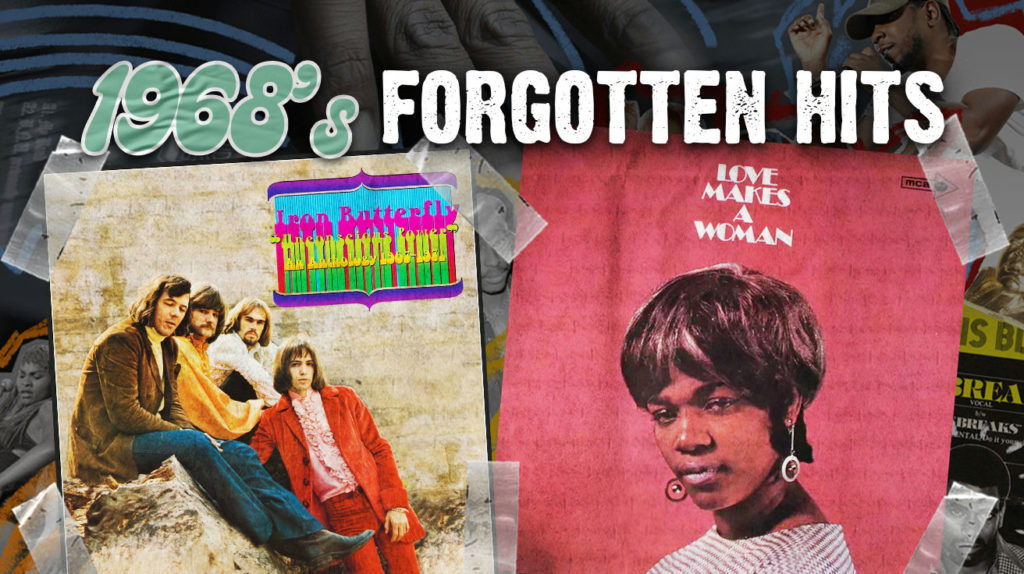
Nineteen sixty-eight didn’t just mark another turn of the calendar—it detonated American cultural complacency. Behind the marquee names that survived music history’s brutal editing process, dozens of lesser-known artists sparked musical insurrections only to vanish afterward without leaving forwarding addresses. Each fleeting sensation captured something essential about their cultural moment—boundaries dissolving, rules shattering, possibilities expanding.
These vanished pioneers never earned their encores, yet their brief sonic rebellions continue to reverberate decades later. For every household name that escaped 1968 with career intact, countless others blazed momentarily across radio dials then faded into static, their cultural DNA secretly reshaping everything that followed.
16. Summertime Blues – Blue Cheer
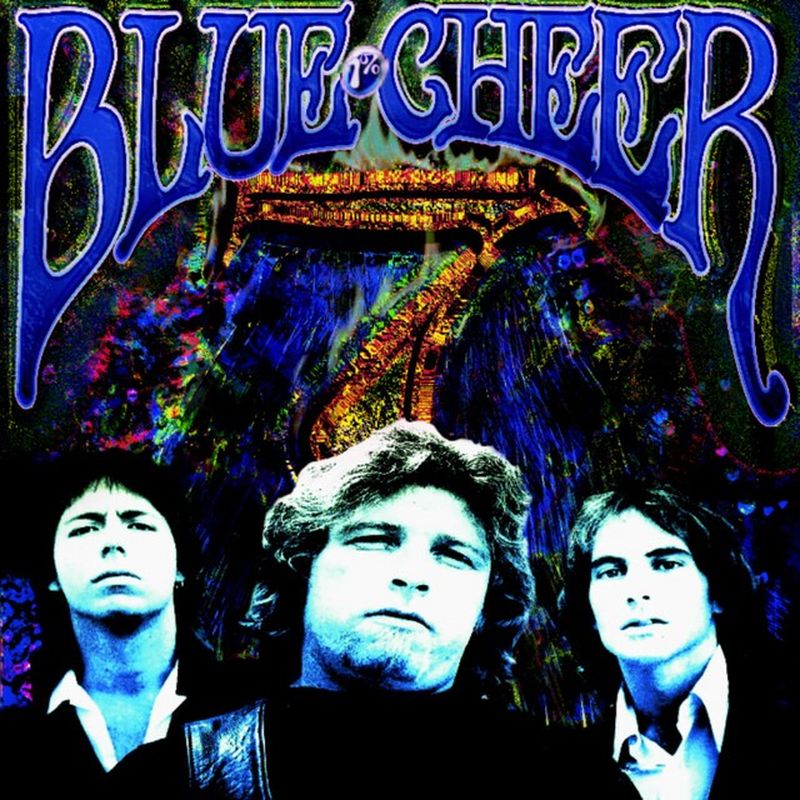
Blue Cheer accidentally birthed heavy metal when they cranked amplifiers beyond recommended settings and reconstructed Eddie Cochran’s 1958 rockabilly classic. Their merciless deconstruction of “Summertime Blues” reached #14 on Billboard by transforming teenage frustration into sonic violence decades before distortion became mainstream currency. This reimagining transcended mere cover version—it constituted musical revolution disguised as tribute, replacing Cochran’s playful defiance with primal rage that directly addressed a generation watching friends return from Vietnam in body bags.
Music industry executives marketed Blue Cheer as novelty noise-makers rather than recognizing their pioneering creation of a template for rock’s extreme future. Their brutal minimalism established new parameters for musical expression, permanently altering audience perceptions of acceptable sonic boundaries. This aggressive reconstruction established essential groundwork for everything from Black Sabbath through Metallica, demonstrating how authentic emotional expression sometimes requires extreme volume and distortion to manifest properly. The band’s rapid commercial decline illustrates how genuine innovations often suffer market punishment while their genetic material secretly reshapes cultural landscapes. Blue Cheer recognized visceral necessity before mainstream America acknowledged it—sometimes emotional processing demands music that physically rattles ribcages and disrupts molecular structure.
15. MacArthur Park – Richard Harris
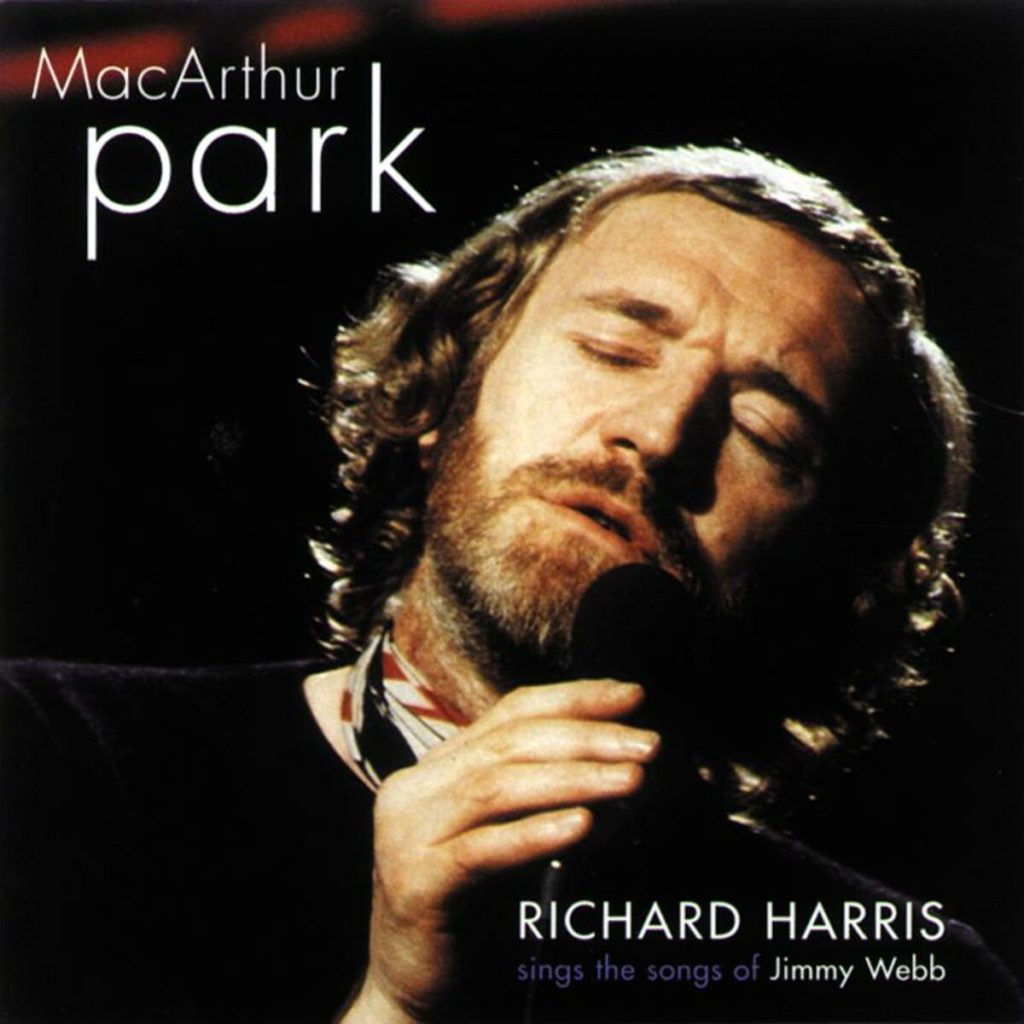
Music critics routinely dismiss Jimmy Webb’s rain-soaked cake metaphors while overlooking how “MacArthur Park” systematically demolished pop’s rigid structures from inside the mainstream. Actor Richard Harris—possessing zero pop credentials—propelled this sprawling seven-minute melodrama to #2 on Billboard, demonstrating audience hunger for emotional excess beyond radio’s three-minute limitations. The composition’s surreal imagery and orchestral grandeur created unprecedented space for male vulnerability in late-60s culture. Webb smuggled avant-garde sensibilities into middle-class living rooms through pop’s Trojan horse.
The recording industry frantically attempted to categorize this unprecedented anomaly that rejected conventional verse-chorus-verse structures and linear narrative. Its sweeping emotional terrain connects with anyone experiencing heartbreak so profound it distorts perception into surrealist imagery. Donna Summer’s 1978 disco reinvention confirmed the composition’s malleable emotional core transcends genre constraints completely. The track’s enduring achievement lies in its successful introduction of art-song complexity to mainstream audiences otherwise denied access to experimental forms. Webb captured emotional devastation with surgical precision—that peculiar state where mundane objects transform into carriers of cosmic significance, heartbreak made tangible through surrealist imagery.
14. Green Tambourine – The Lemon Pipers
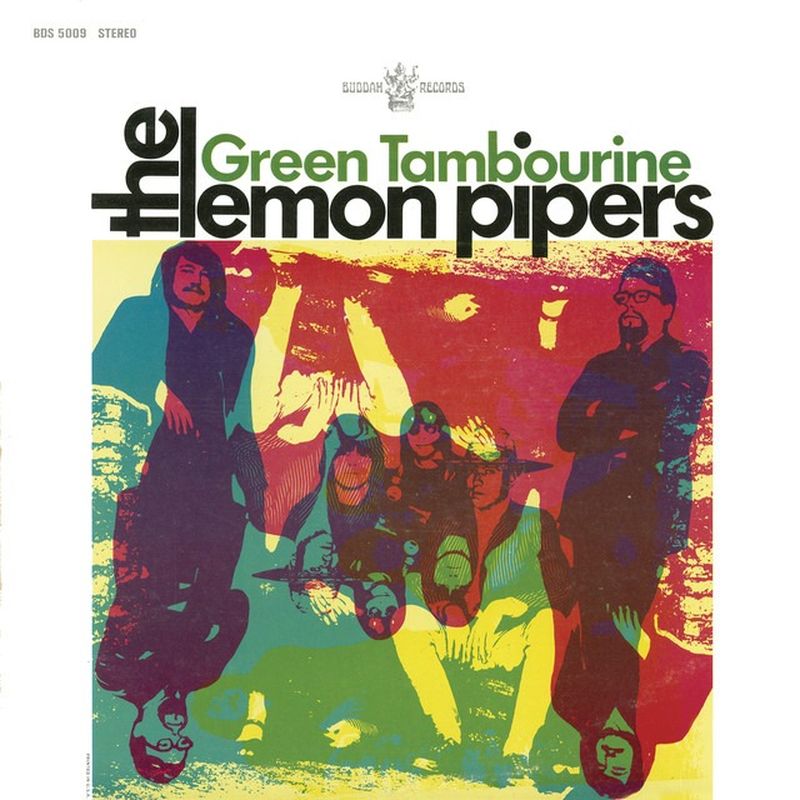
Record executives systematically commodified the counterculture while genuine Haight-Ashbury freaks explored consciousness expansion. “Green Tambourine” exemplifies corporate psychedelia at its most calculated—Ohio college band forced by Buddah Records to abandon their blues-rock foundations for manufactured flower power. Their sitar-infused confection topped Billboard in February 1968, proving countercultural rebellion could be packaged and marketed to suburban teenagers too straight-laced for actual consciousness experimentation. The recording offered psychedelic tourism without risks or commitment. While “Green Tambourine” by The Lemon Pipers topped the Billboard Hot 100 in February 1968, many other one-hit wonders from different decades left similar cultural impacts before fading into obscurity
The group’s artistic capitulation exposed the music industry’s remarkable talent for neutralizing cultural movements by transforming them into fashion statements. The Lemon Pipers remained trapped in nostalgia precisely because they resisted further commercialization after this initial compromise. This saccharine psychedelic artifact parallels fast-fashion “festival looks” that appropriate aesthetic elements without corresponding values or philosophical foundations. The composition’s massive commercial success illuminates capitalism’s extraordinary capacity to absorb resistance movements by converting genuine revolution into marketable trends. Buddah Records executed this exact strategy with psychedelia, stripping spiritual exploration and social critique from the movement while preserving its commercial appeal.
13. Girl Watcher – The O’Kaysions
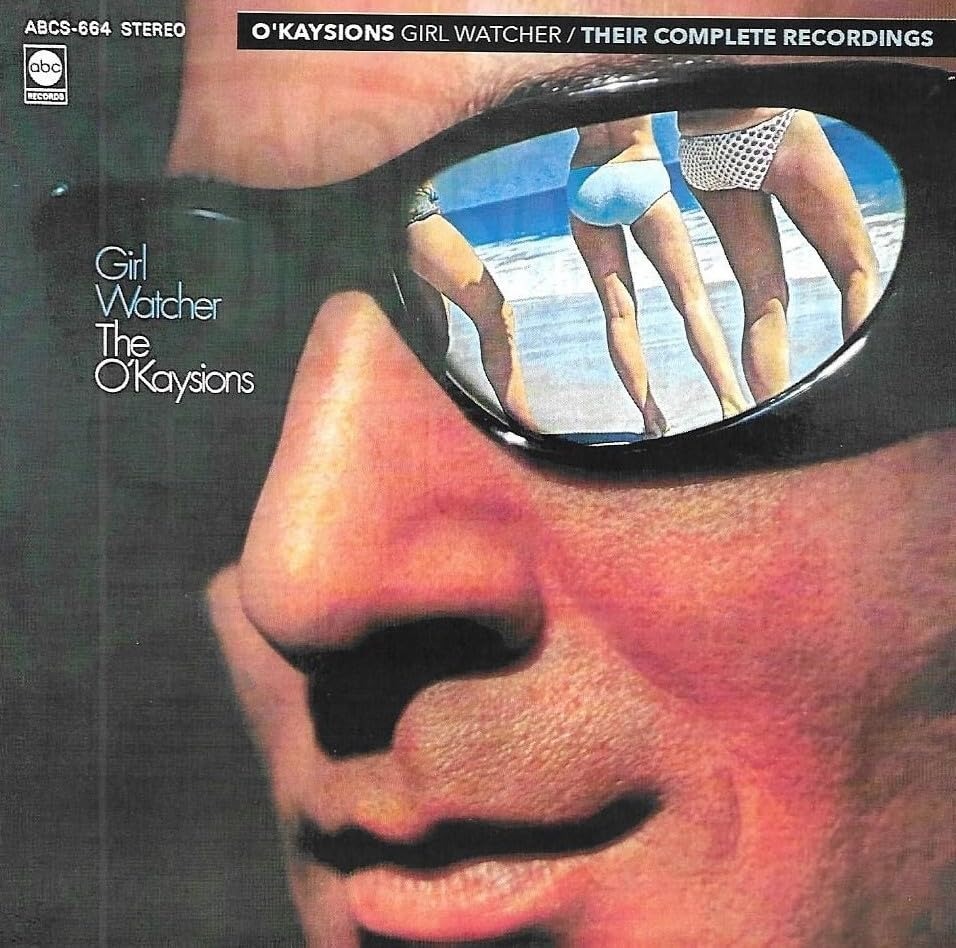
“Girl Watcher” preserves both infectious musical joy and casual sexism of pre-feminist America in perfect three-minute amber. The O’Kaysions reached #5 on Billboard by packaging male gaze as innocuous entertainment, delivering a beach-music staple that induces simultaneous dancing and cringing in contemporary listeners. This North Carolina group’s lone hit exposes how thoroughly objectification permeated mainstream culture before second-wave feminism forced collective reevaluation of such attitudes. Their brass-fueled arrangement triggers involuntary movement despite lyrics that activate modern consent alarms.
Record labels eagerly marketed voyeurism as wholesome entertainment, reflecting broader cultural blindness toward women’s lived experiences. The recording demonstrates how infectious melodies normalize problematic attitudes by wrapping them in sunny production values—a strategy still employed throughout contemporary hits. This captivating contradiction resembles vintage advertisements that appear simultaneously charming and horrifying through contemporary ethical lenses. The composition’s massive commercial success (exceeding one million copies sold) documents how behaviors now recognized as street harassment once received celebration as innocent appreciation. “Girl Watcher” captures that peculiar cognitive dissonance where aesthetic pleasure collides with ethical discomfort—music that sounds right while feeling wrong.
12. Fire – The Crazy World of Arthur Brown
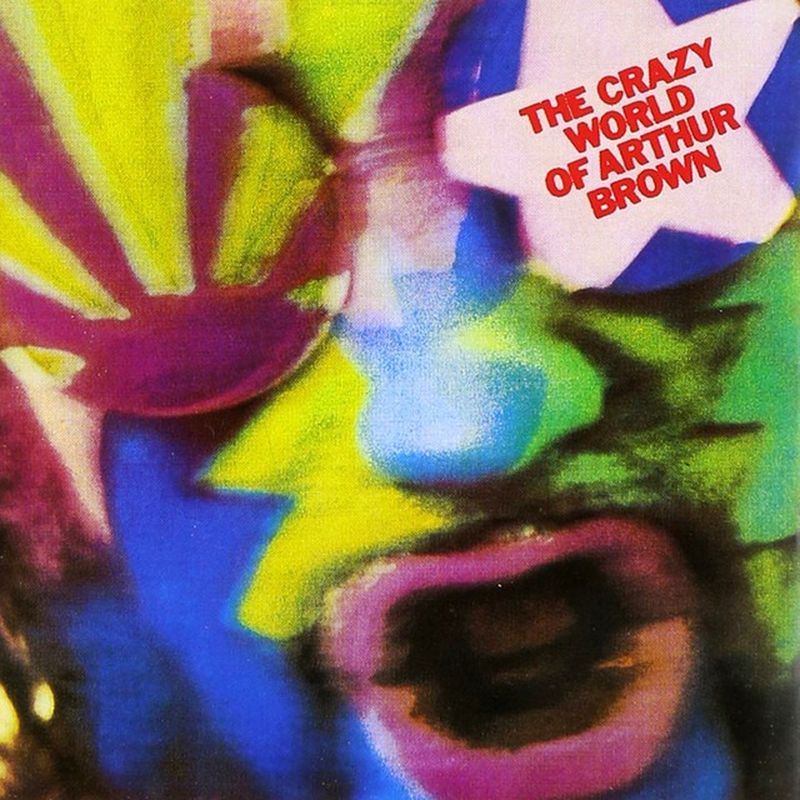
Arthur Brown ignited theatrical rock decades before Alice Cooper’s guillotine or KISS’s pyrotechnics—literally strapping flames to his head while howling about hellfire. His incendiary performance transformed Cold War anxieties into visceral spectacle, ascending to #2 on American charts by embodying the apocalyptic undercurrent haunting suburban bedrooms. His burning headdress transcended mere gimmickry; it manifested the internal combustion an entire generation raised on duck-and-cover drills carried inside them.
Music executives sidelined Brown’s intensity almost immediately, relegating him to rock’s periphery after this explosive commercial moment. His genetic imprint survives in every theatrical rock performance since—from Bowie through Gaga. The corporate machinery routinely labels revolutionary artists as novelties rather than admitting certain visions exceed commercial parameters. Brown connected with audiences by expressing emotional extremes otherwise absent from increasingly homogenized cultural landscapes. His unfiltered intensity offered catharsis to youth longing for authentic expression—emotional truth wrapped in spectacle that scorched conventional boundaries.
11. I Love You – People!
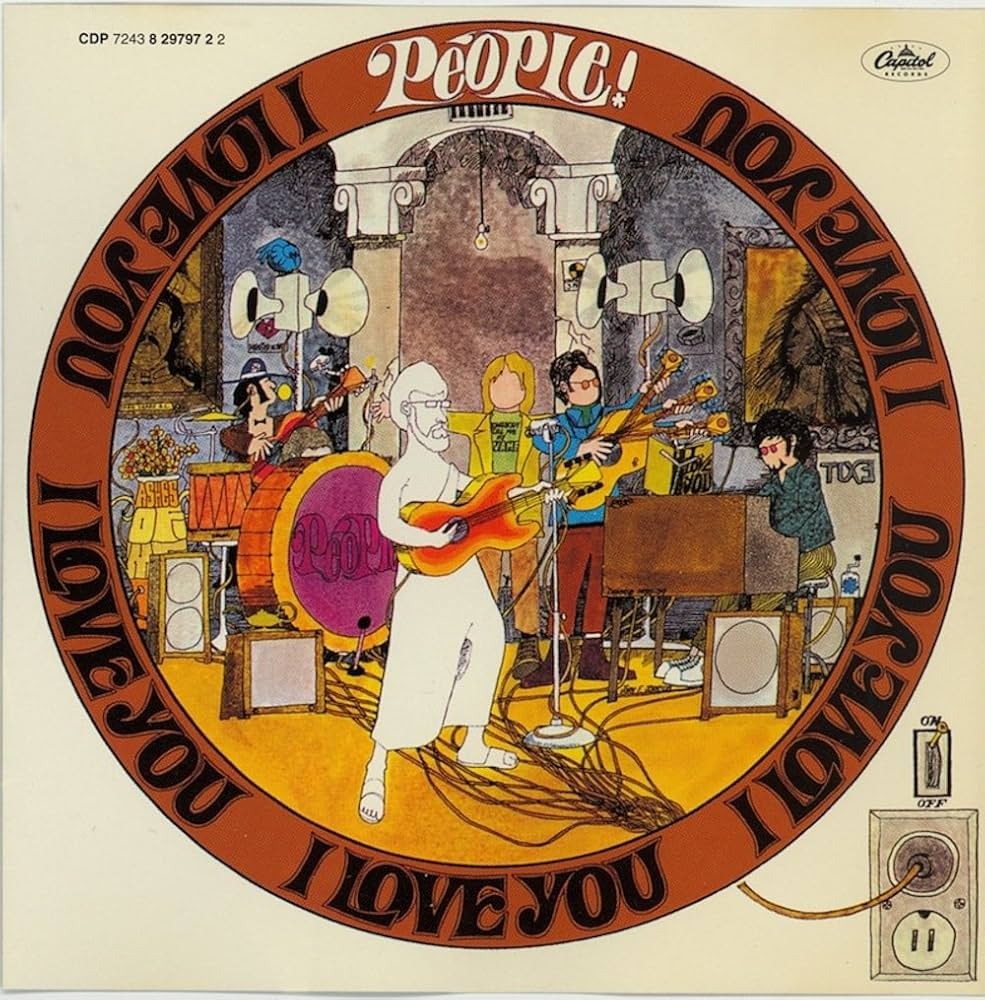
San Jose band People! constructed an emotional bridge across Cold War divisions with three deceptively simple words. Their cover of The Zombies’ “I Love You” barely penetrated the US Top 20 but conquered international charts—topping playlists in Japan, Israel, Australia, South Africa, and beyond. This remarkable global achievement demonstrated how emotional directness transcends geopolitical hostilities and cultural differences. The group’s unfiltered sincerity bypassed language barriers, functioning as universal emotional passport during an era defined by deepening international tensions.
Record industry analysis couldn’t explain why this relatively minor American hit resonated so powerfully across disparate global markets. The composition circumvented intellectual filters and accessed emotional universals that marketing departments struggle to quantify or replicate. The phenomenon resembles those rare genuine connections that occur despite absence of shared language—confirmation that authentic emotional communication transcends all constructed barriers. The band’s swift commercial disappearance in America highlights how frequently the music business misses truly universal messages while pursuing manufactured trends. People! briefly wielded remarkable cultural influence, proving music communicates at molecular levels beyond conscious processing—emotional truth that penetrates hearts regardless of geographic origin or cultural context.
10. Classical Gas – Mason Williams
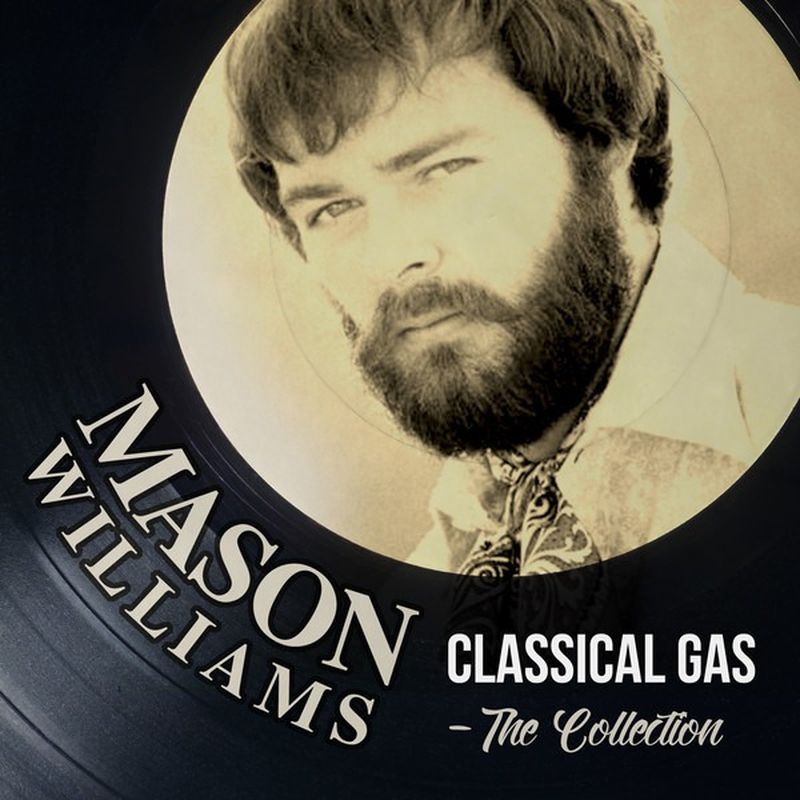
Television comedy writer Mason Williams shattered music’s invisible class barriers when his instrumental composition unexpectedly infiltrated pop radio. “Classical Gas” demolished arbitrary distinctions between “highbrow” and “lowbrow” art, delivering sophisticated guitar techniques to teenage bedrooms nationwide. Williams ascended to #2 on Billboard by demonstrating virtuosity without pretension—reconnecting technical proficiency with emotional accessibility in ways classical institutions had long abandoned. His composition dynamited the artificial walls segregating musical communities, creating new artistic possibilities from demolished genre boundaries.
The recording industry struggled to categorize a television writer possessing both classical training and rock sensibilities. Though Williams collected three Grammy awards, major labels rejected his multidimensional talent in favor of more easily marketed artists who wouldn’t confuse demographic targeting strategies. His commercial disappearance after this breakthrough reflects the music business’s institutional preference for simplistic categorization over genuine innovation. The industry systematically reduces genre-defying pioneers to nostalgic footnotes rather than acknowledging them as architects who exposed the fabricated nature of musical segregation. Williams challenged listeners to question the artificial divisions between “serious” composition and “popular” expression—a revolutionary concept in an increasingly fragmented cultural landscape.
9. Reach Out of the Darkness – Friend and Lover
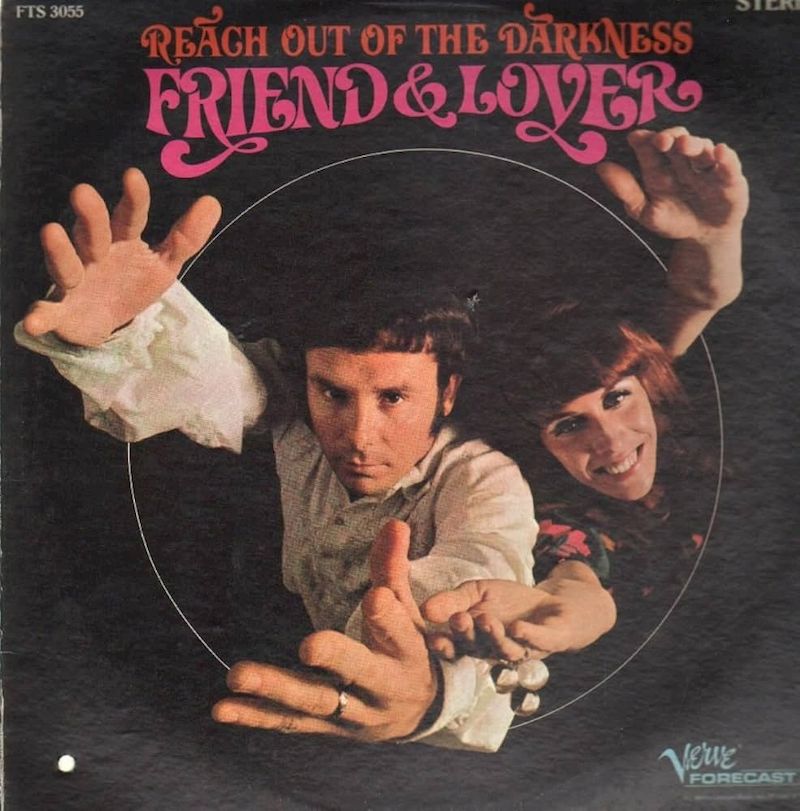
Jim and Cathy Post crafted an emotional sanctuary amid national disillusionment as Vietnam and civil rights battles ravaged American optimism. The married duo transmuted their genuine partnership into sonic form, delivering music that pulsed with authentic connection rather than manufactured sentiment. Their lone chart triumph (#10 in 1968) perfectly crystallized that fleeting window between counterculture authenticity and its inevitable commodification—a farewell note to idealism before Altamont’s violence and Nixon’s election extinguished the dream completely.
Record company marketing departments floundered when confronted with a musical couple offering actual intimacy instead of fabricated romantic fantasies. Major labels excel at selling carefully constructed yearning but stumble when presented with genuine partnership. This recording endures precisely because of its emotional authenticity—a rare artifact of uncalculated connection in an increasingly cynical era. The track navigates cultural terrain with the unforced grace of spontaneous human connection, dropping pretense in favor of sincerity. Though commercially abandoned, the Posts’ single moment of widespread musical communion continues to penetrate contemporary defenses built against emotional vulnerability.
8. The Horse – Cliff Nobles & Co.
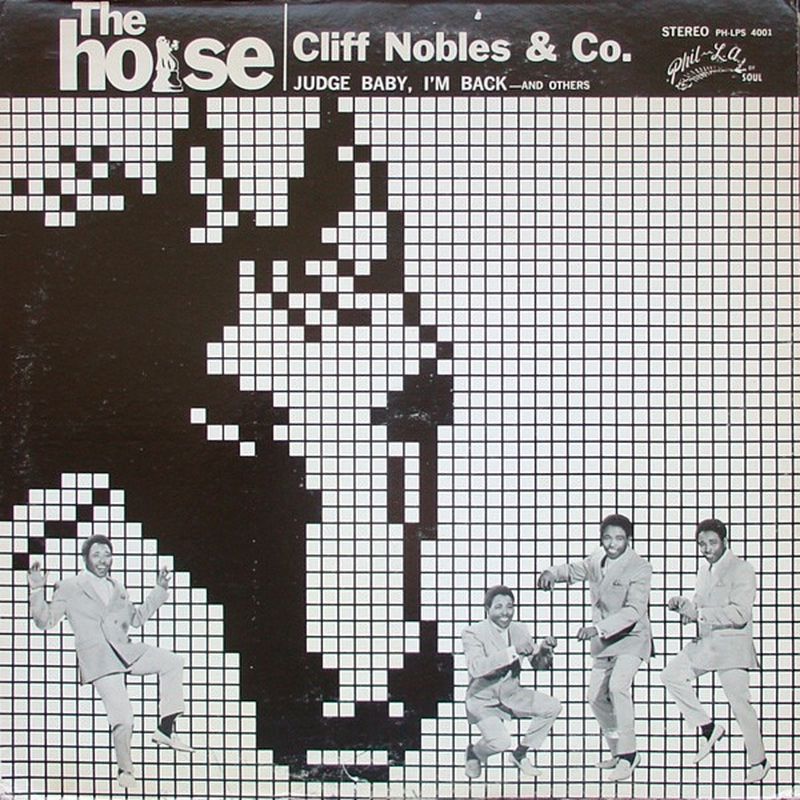
Cliff Nobles achieved music industry’s ultimate irony—scoring his solitary hit with a recording he doesn’t actually appear on. “The Horse” existed merely as instrumental B-side to “Love Is All Right” until radio DJs flipped the record and transformed studio afterthought into gold. The track galloped to #2 on both pop and R&B charts powered solely by horn arrangements and backbeat, exposing the industry’s fundamentally flawed credit attribution systems. The musicians who created this infectious groove later formed MFSB, establishing the backbone of Philadelphia soul while Nobles disappeared into obscurity.
This recording exposed the sonic segregation operating throughout American music—instrumental tracks crossing racial boundaries more freely than voiced recordings, allowing Black musical innovation to penetrate white spaces without triggering conscious resistance. The composition eliminated artificial divisions between soul, pop, and funk, establishing universal rhythmic language that communicates directly with the body, bypassing intellectual filters. This instrumental accident operates with mysterious potency, activating physical response before conscious processing occurs. “The Horse” demolished barriers between musical categories by speaking directly to the universal language of rhythm—a cultural superpower that transcends artificial divisions between audiences and genres.
7. In-A-Gadda-Da-Vida – Iron Butterfly
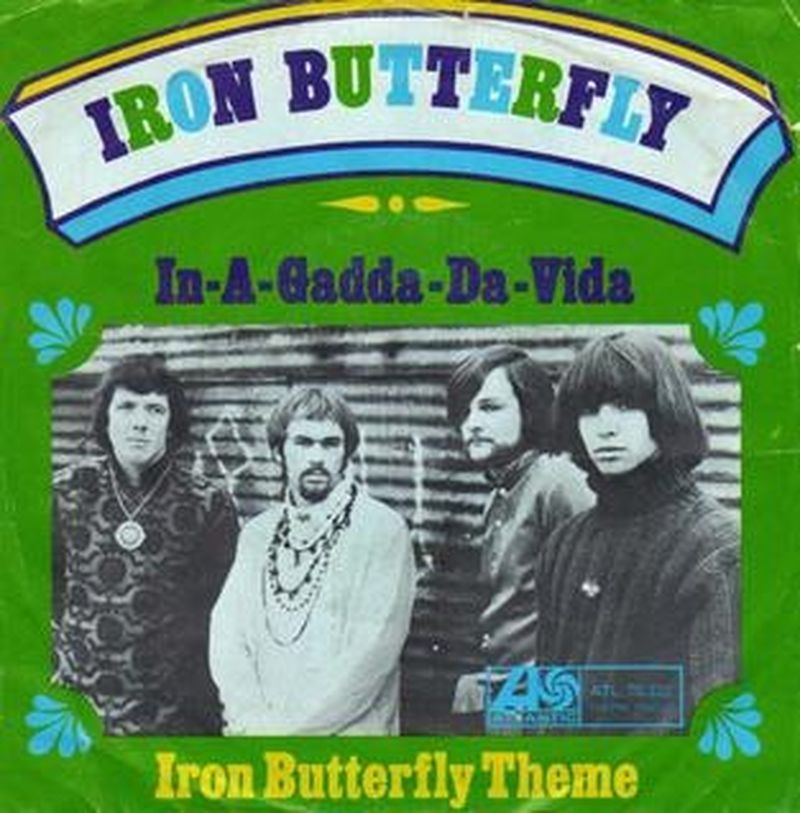
Iron Butterfly demolished rock’s time constraints while Dylan still packaged poetry into three-minute compositions. Their sprawling 17-minute acid excursion rejected radio’s commercial time limits and executive-approved formulas with defiant abandon. The group transformed a drunken slurring of “In the Garden of Eden” into hypnotic ritual, driving their album to #4 on Billboard and multi-platinum certification. This composition obliterated the industry’s rigid formatting requirements, creating expansive territory for musical journeys that prioritized immersion over immediate gratification—future territory progressive rock, metal, and experimental genres would excavate further.
Record executives dismissed Iron Butterfly as novelty act, fundamentally misunderstanding how teenagers raised on brief pop singles might embrace extended musical experiences demanding active engagement rather than passive consumption. The composition functions as gateway experience—its hypnotic drum solo and repetitive structure cultivating altered consciousness that prepares listeners for deeper musical exploration. Their commercial achievement revealed the industry’s chronic underestimation of young audiences’ capacity for complexity and willingness to commit extended attention. Iron Butterfly bottled transcendence and distributed it to millions of suburban teenagers seeking escape from cultural constraints—offering temporary liberation through extended immersion in sound.
6. Angel of the Morning – Merrilee Rush and The Turnabouts
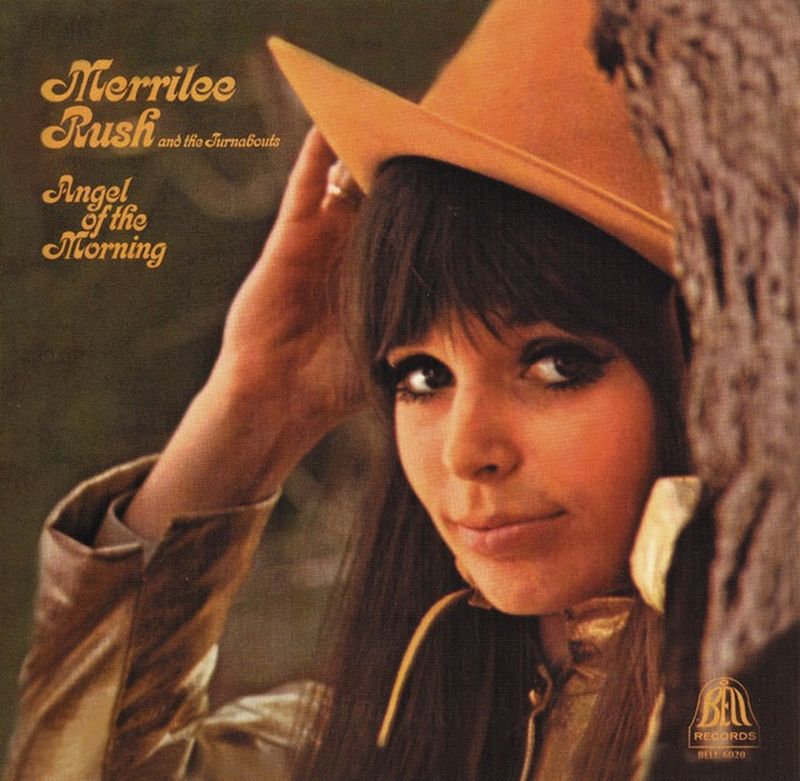
Merrilee Rush stormed the Billboard Top 10 with a revolutionary narrative about female sexual autonomy at a time when male songwriters dominated airwaves with fantasies of feminine submission. Her commanding vocals transformed Chip Taylor’s composition into a feminist declaration, establishing sonic territory where women acknowledged desire without apology or shame. This defiant performance transcended mere pop song status—Rush crafted cultural resistance disguised as love ballad, undermining conservative narratives about female sexuality during an era when unmarried women struggled to access contraception.
The male-controlled music industry quickly marginalized Rush after her breakthrough performance, uncomfortable with such direct female expression. Her recording tackles emotional contradiction with stunning clarity, capturing that precise moment when vulnerability replaces performance—terrifying yet liberating in its honesty. The track directly confronted the virgin/whore dichotomy restricting female expression, forging an alternative path celebrating authentic desire. When Juice Newton sanitized the song for early 1980s audiences, she stripped away the raw emotional honesty that made Rush’s original version a feminist milestone. Rush’s performance stands as historical document of women reclaiming their sexual narrative during a critical moment in gender politics evolution.
5. Judy in Disguise (With Glasses) – John Fred and His Playboy Band
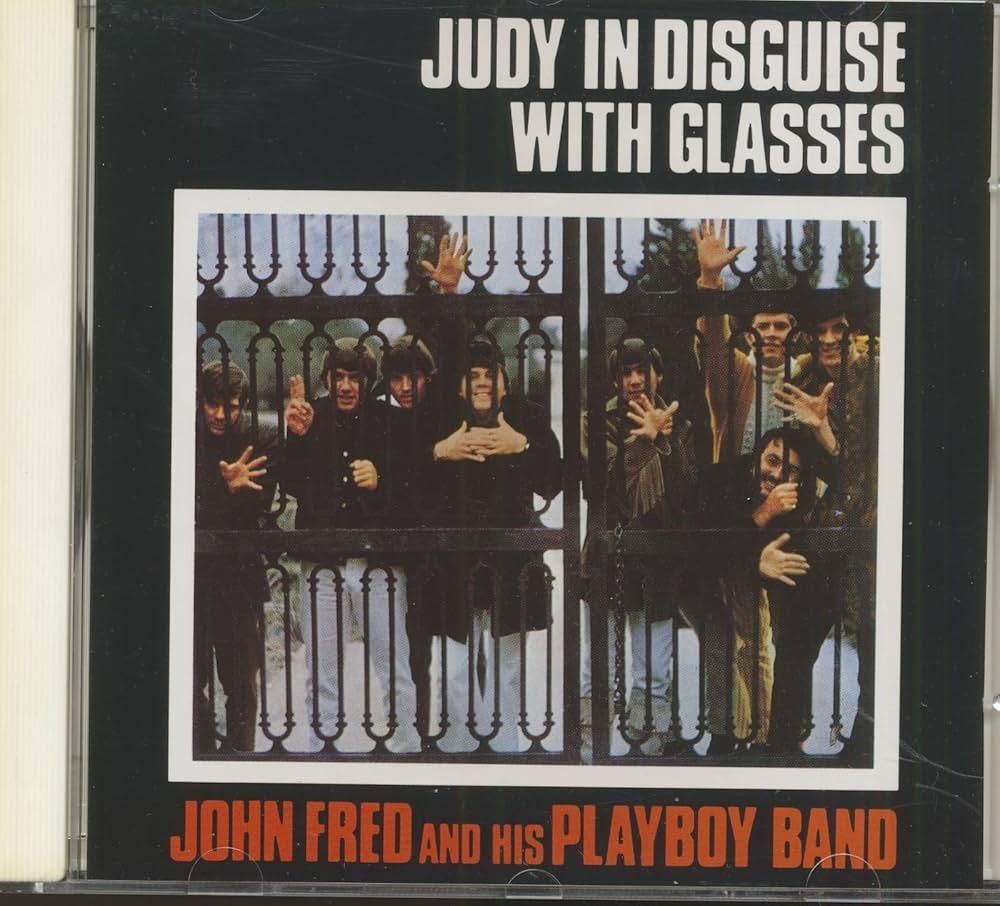
While British psychedelia veered toward cosmic profundity, John Fred and his Louisiana cohorts infiltrated the charts with a razor-sharp parody that outperformed its inspiration. “Judy in Disguise” transformed “Lucy in the Sky” into something far more earthbound—stripping away mystic pretension in favor of playful wordplay and regional swagger. Their sonic coup topped the charts in January ’68, demonstrating how American musical roots could puncture the incense-clouded atmosphere of increasingly self-serious rock posturing.
Record executives swiftly relegated them to novelty status—the standard industry tactic for neutralizing sounds that challenge establishment narratives. Five decades later, this momentary chart invasion delivers more authentic musical joy than countless “important” contemporaneous recordings. The band’s flame extinguished quickly, but they captured an essential truth: rock occasionally needs less cosmic significance and more genuine playfulness. The music business demands consistency and replication; John Fred offered spontaneity and subversion instead—the antidote to an increasingly self-important musical landscape.
4. Grazing in the Grass – Hugh Masekela
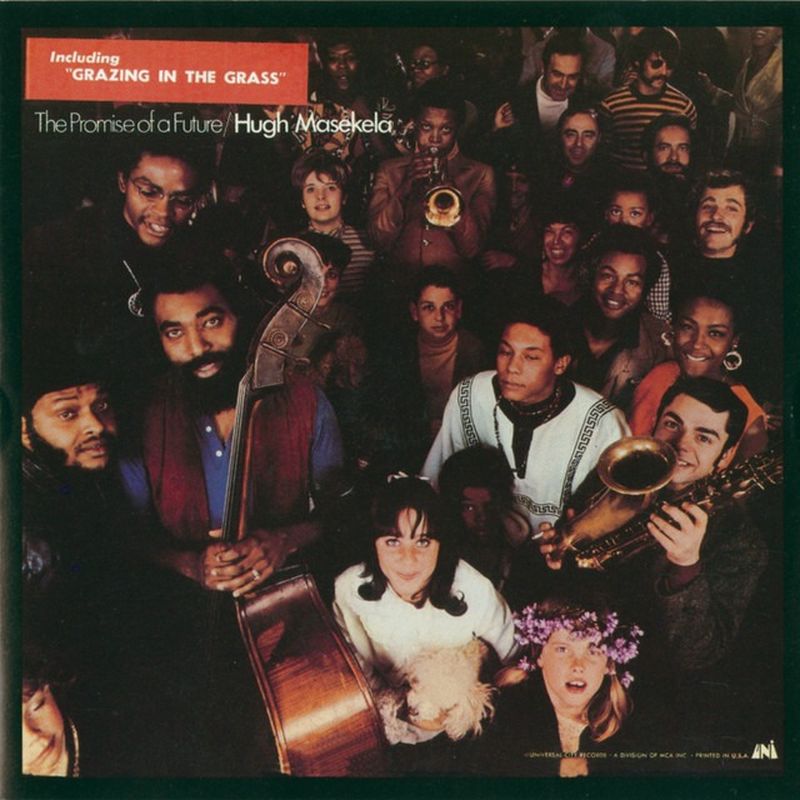
Nineteen sixty-eight didn’t just mark another turn of the calendar—it detonated American cultural complacency. Behind the marquee names that survived music history’s brutal editing process, dozens of lesser-known artists sparked musical insurrections only to vanish afterward without leaving forwarding addresses. Each fleeting sensation captured something essential about their cultural moment—boundaries dissolving, rules shattering, possibilities expanding.
These vanished pioneers never earned their encores, yet their brief sonic rebellions continue to reverberate decades later. For every household name that escaped 1968 with career intact, countless others blazed momentarily across radio dials then faded into static, their cultural DNA secretly reshaping everything that followed. Their three-minute revolutions served as cultural daguerreotypes, proving musical significance requires brilliance, not longevity. The revolution mainstream history overlooked lives on in these grooves—the authentic soundtrack to America’s most turbulent year.
3. Nobody But Me – The Human Beinz
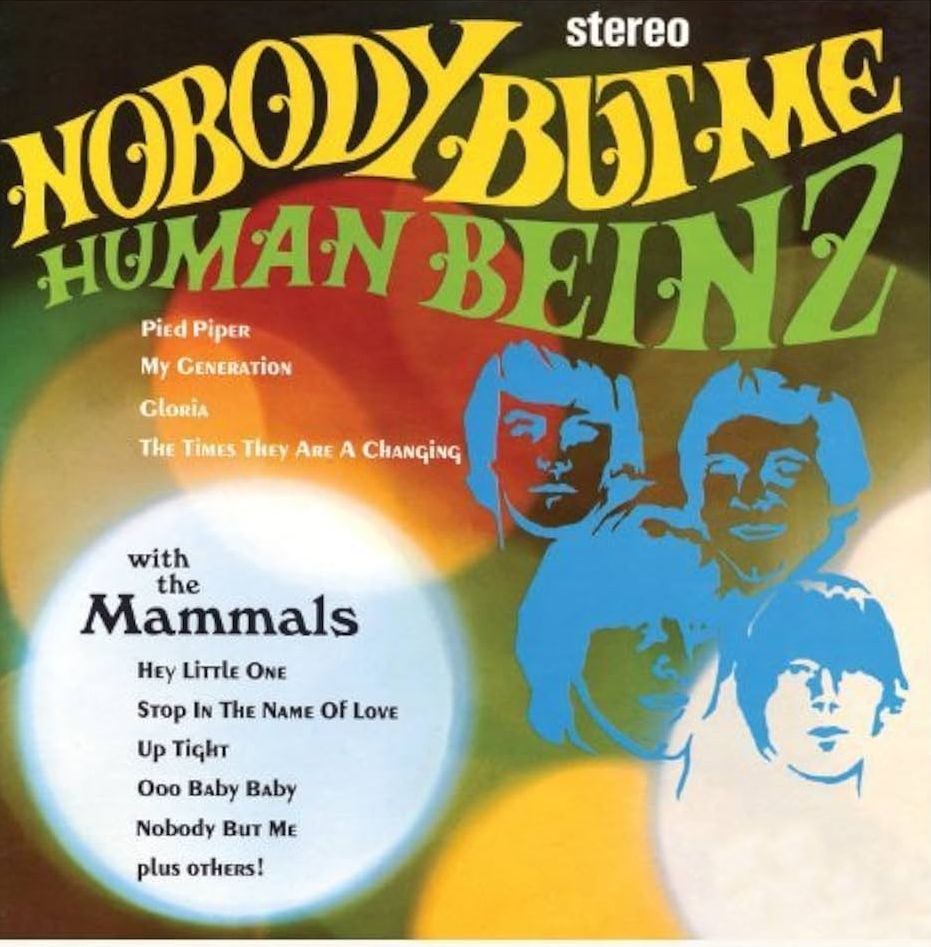
Ohio garage rockers The Human Beinz seized the Isley Brothers’ R&B composition and blasted it through distortion pedals, inadvertently creating the perfect soundtrack for white teenage rebellion. Their appropriation epitomizes rock’s problematic foundation—white musicians harvesting Black creativity while receiving disproportionate rewards. The Beinz transformed a soulful composition into primal scream therapy, propelling themselves to #8 on Billboard by injecting suburban living rooms with controlled chaos. Cultural exchange morphs unpredictably as it crosses demographic boundaries, often mutating beyond recognition.
The track pulses with defiance that transcends its simplistic lyrics—those repeated negations function as universal rejection of authority in any form. This recording documents America’s fractured racial dynamics with uncomfortable clarity—white youth discovering liberation through Black musical innovation while rarely acknowledging the source or sharing the rewards. Tarantino’s later inclusion of the track in Kill Bill perfectly captured its combative energy decades later. The group immediately vanished from commercial relevance, yet their appropriation strategy endures as standard industry practice—extracting Black creativity for predominantly white profit. The recording embodies a central contradiction of American music: irresistible energy built upon unbalanced cultural exchange and unacknowledged debt.
2. Love Is Blue – Paul Mauriat
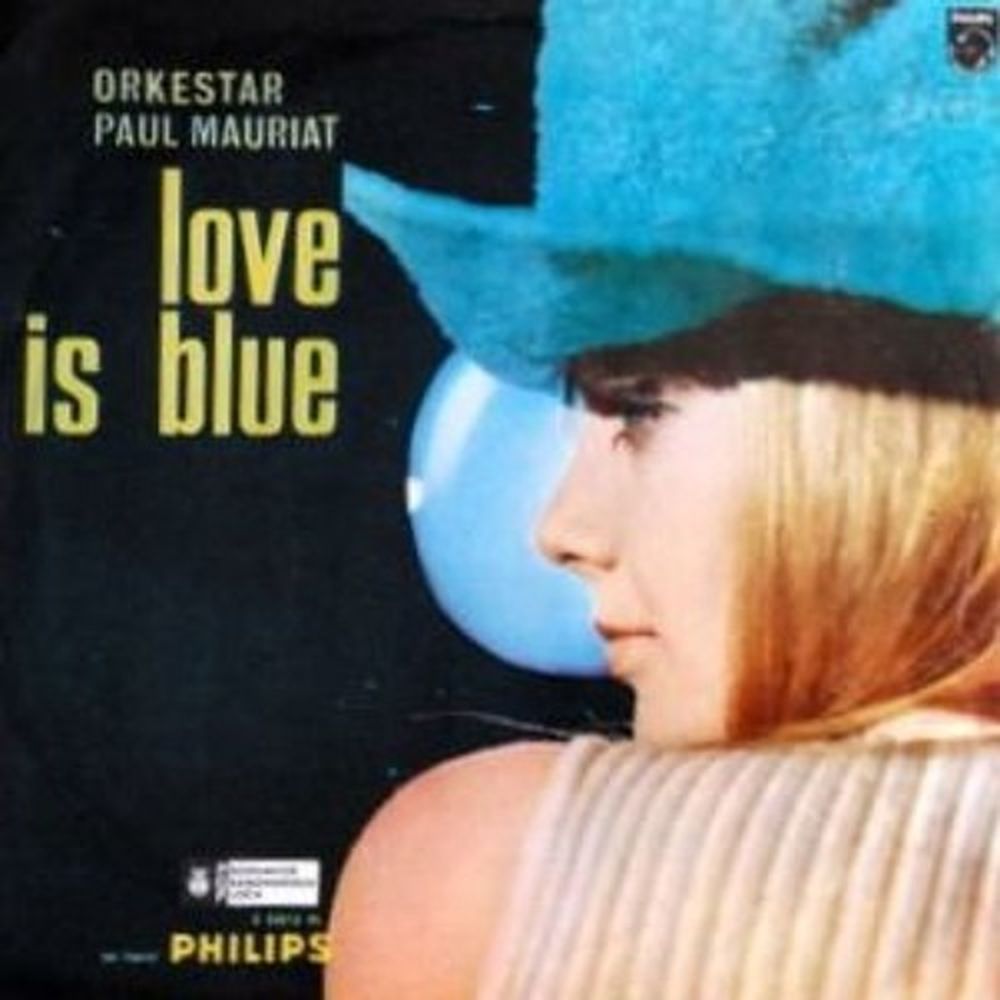
French orchestra leader Paul Mauriat conquered American charts during political upheaval and youth rebellion without featuring a single protest message. “Love Is Blue” dominated Billboard for five consecutive weeks, demonstrating how emotional nuance could penetrate commercial barriers during an era dominated by screaming guitars and explicit political commentary. This rejected Eurovision Song Contest entry became 1968’s unlikely soundtrack for a generation supposedly rejecting traditional beauty and formal structures. Its sweeping orchestration provided temporary sanctuary from cultural civil war—neutral territory where conflicting ideologies briefly coexisted.
The established music press dismissed Mauriat as disposable easy listening despite his arrangement’s democratization of orchestral sophistication for mass audiences. This instrumental masterpiece creates unexpected common ground between opposing viewpoints through shared human experience—musical beauty transcending political affiliation. Industry research failed completely to explain Mauriat’s massive American triumph, exposing how demographic analysis routinely misses emotional needs transcending age, race, and political identity. “Love Is Blue” offered precious respite during America’s most divisive period since the Civil War—confirming audiences occasionally require emotional resolution more urgently than revolution. Mauriat’s composition delivered temporary shelter from cultural battlefield conditions, proving beauty itself constitutes radical act during ugly times.
1. Love Makes a Woman – Barbara Acklin
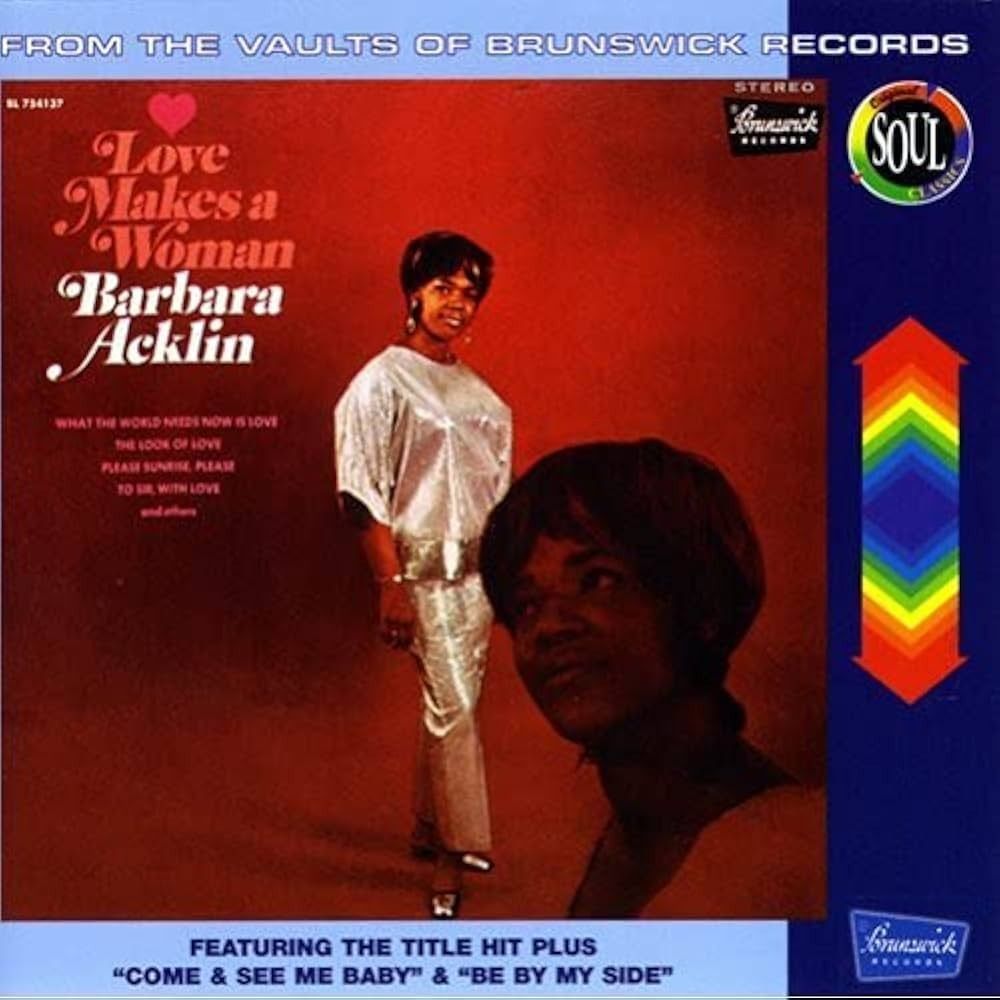
Barbara Acklin revolutionized soul music while white America fixated on flower power. Her “Love Makes a Woman” reached #15 on Billboard and #3 on R&B charts by presenting female desire as transformative force rather than passive response to male initiative. Acklin co-wrote this sophisticated composition with three men including future husband Eugene Record, asserting female creative agency within the male-dominated recording industry. Her nuanced vocal performance delivered emotional complexity rarely afforded Black women artists, whose foundational contributions suffered systematic minimization throughout music history.
Record companies treated Acklin as disposable talent rather than acknowledging her architectural role in developing Chicago soul’s sophisticated sound. Her seamless delivery creates emotionally layered textures where vulnerability and strength achieve perfect equilibrium. Despite significant chart success, industry gatekeepers denied Acklin recognition proportional to her influence. This pattern of Black women establishing cultural foundations while receiving inadequate credit repeats consistently throughout American music’s evolution. Acklin delivered emotional intelligence with surgical precision, crafting psychological insight disguised as pop entertainment. Her legacy survives primarily through music connoisseurs and soul aficionados rather than mainstream recognition—a testament to institutional bias rather than artistic merit.




